Cranial Drawer Test Dog, Complete tear •partial tear positive drawer with stifle flexed, but not with stifle extended handbook of small animal orthopedics and fracture repair.
Cranial Drawer Test Dog - In order to feel this, you dog will be placed on his/ her side, and the veterinarian will feel the knee for cranial drawer motion. Web difficulty in mobility: Complete tear •partial tear positive drawer with stifle flexed, but not with stifle extended handbook of small animal orthopedics and fracture repair. In dogs with chronic cruciate injuries, scar tissue develops on the medial (inside) of the affected knee, which is easily palpated during an exam and is called a medial buttress. In this test, the dog’s knee is slightly bent and anterior pressure is applied to the distal femur while posterior pressure is applied to the proximal tibia. Web veterinary school instruction has traditionally emphasized teaching subtle and difficult manipulative physical examination procedures, such as cranial drawer sign and cranial tibial thrust, to definitively diagnose crclr. In a mature dog, a healthy, intact cranial cruciate ligament will not permit cranial tibial translation with the stifle held in extension or in flexion.3 in an immature dog, puppy laxity may permit a few millimeters of cranial and caudal tibial translation, but. This is best performed with the dog lying on its side in a. Web the diagnosis of cclr is typically based on the presence of the “cranial drawer sign”. Web this study evaluated how well preoperative findings correlated with arthroscopic assessment of ccl fiber damage in 29 dogs with complete ccl tears. Web difficulty in mobility: This is best performed with the dog lying on its side in a. Web veterinary school instruction has traditionally emphasized teaching subtle and difficult manipulative physical examination procedures, such as cranial drawer sign and cranial tibial thrust, to definitively diagnose crclr. Web pain upon forced full extension of the stifle is a simple test that is. Web definitive diagnosis of rupture of the ccl demands an assessment of stifle joint stability by means of the cranial “drawer” test, the tibial compression test, or both tests. In dogs with chronic cruciate injuries, scar tissue develops on the medial (inside) of the affected knee, which is easily palpated during an exam and is called a medial buttress. Web. In general, radiographic images are used to visualize the instability of the stifle joint by tibial compression, to detect effusion and secondary osteoarthritic changes. Web to test for cranial tibial translation, perform the cranial drawer test (figure 6). Diagnosis is based on the demonstration of a specific test, called the cranial drawer test. Web the diagnosis of cclr is typically. It is not possible for a normal knee to show this sign. Web a positive tibial compression test and cranial drawer test confirm cclr. Ccl injury is diagnosed through a physical exam and a cranial drawer test, which functions to elicit instability of the joint. A physical exam allows a veterinarian to isolate which leg and joint is affected. It. Web specific palpation techniques that veterinarians use to confirm a problem with the ccl are the “cranial drawer test” and the “tibial thrust test.” these tests confirm abnormal motion in the knee and hence a rupture of the ccl. In dogs with chronic cruciate injuries, scar tissue develops on the medial (inside) of the affected knee, which is easily palpated. This is best performed with the dog lying on its side in a. Web a physical exam. Web specific palpation techniques that veterinarians use to confirm a problem with the ccl are the “cranial drawer test” and the “tibial thrust test.” these tests confirm abnormal motion in the knee and hence a rupture of the ccl. Web during the lameness. Web to test for cranial tibial translation, perform the cranial drawer test (figure 6). Web specific palpation techniques that veterinarians use to confirm a problem with the ccl are the “cranial drawer test” and the “tibial thrust test.” these tests confirm abnormal motion in the knee and hence a rupture of the ccl. Check for cranial drawer with multiple The. Web cranial drawer test landmarks •lateral fabella •patella •tibial tuberosity •fibular head partial vs. Web specific palpation techniques that veterinarians use to confirm a problem with the ccl are the “cranial drawer test” and the “tibial thrust test.” these tests confirm abnormal motion in the knee and hence a rupture of the ccl. Dogs with a torn acl may struggle. Patients were assessed while awake, under sedation, and under anesthesia. This is best performed with the dog lying on its side in a. In a mature dog, a healthy, intact cranial cruciate ligament will not permit cranial tibial translation with the stifle held in extension or in flexion.3 in an immature dog, puppy laxity may permit a few millimeters of. The cranial drawer assessment is best done on the laterally recumbent animal. In a mature dog, a healthy, intact cranial cruciate ligament will not permit cranial tibial translation with the stifle held in extension or in flexion.3 in an immature dog, puppy laxity may permit a few millimeters of cranial and caudal tibial translation, but. Web craniocaudal translation remains present. Web specific palpation techniques that veterinarians use to confirm a problem with the ccl are the “cranial drawer test” and the “tibial thrust test.” these tests confirm abnormal motion in the knee and hence a rupture of the ccl. Web laxity of the stifle can be detected by cranial drawer or cranial tibial thrust procedures. When it ruptures, abnormal movement of the joint occurs, resulting in pain and lameness. Web cranial drawer test landmarks •lateral fabella •patella •tibial tuberosity •fibular head partial vs. In early partial tears, the cranial drawer and cranial tibial thrust test may not show obvious cranial tibial translation, but the test may cause pain. Check for cranial drawer with multiple Web the diagnosis of cclr is typically based on the presence of the “cranial drawer sign”. Web definitive diagnosis of rupture of the ccl demands an assessment of stifle joint stability by means of the cranial “drawer” test, the tibial compression test, or both tests. A physical exam allows a veterinarian to isolate which leg and joint is affected. Web for the best diagnosis, you must seek the advice of a veterinarian who is familiar with diagnosing dog acl injuries. It is not possible for a normal knee to show this sign. It is performed by applying a force to the tibia while holding the femur stable, thereby creating craniocaudal translation of. In this test, the dog’s knee is slightly bent and anterior pressure is applied to the distal femur while posterior pressure is applied to the proximal tibia. Patients were assessed while awake, under sedation, and under anesthesia. 2 unlike humans — whose acl can tear as a result of a traumatic injury — a dog's ccl tear is usually due. In general, radiographic images are used to visualize the instability of the stifle joint by tibial compression, to detect effusion and secondary osteoarthritic changes.
Cranial Nerve Assessment Cranial nerves, Pharmacology nursing, Vet school

Dog with Cranial Drawer YouTube
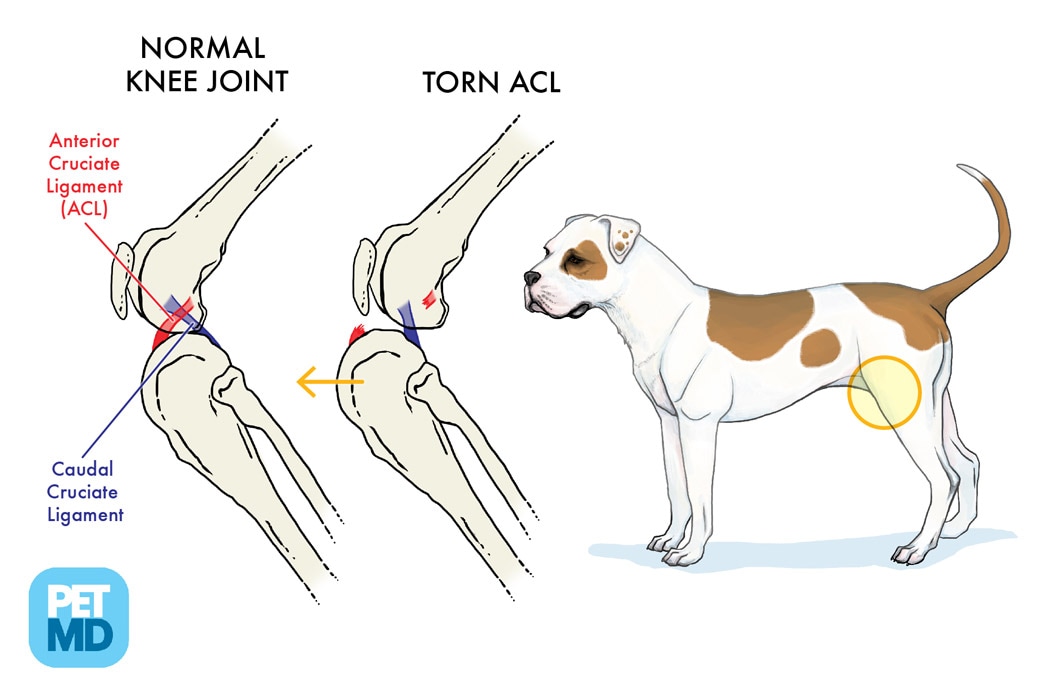
Cranial Cruciate Ligament Medical Diagram Torn Knee Ligament in Dogs
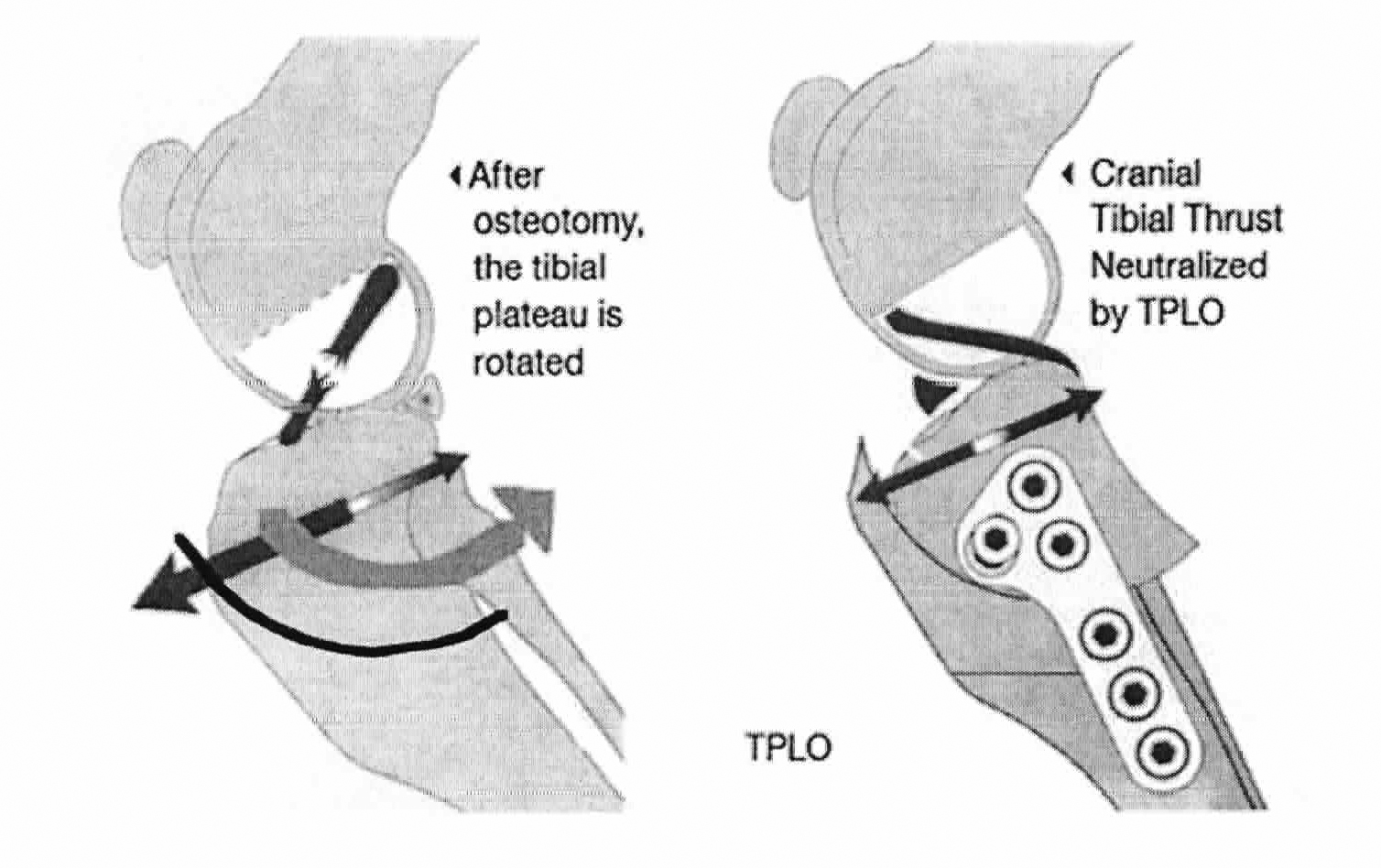
Tibial Plateau Leveling Osteotomy
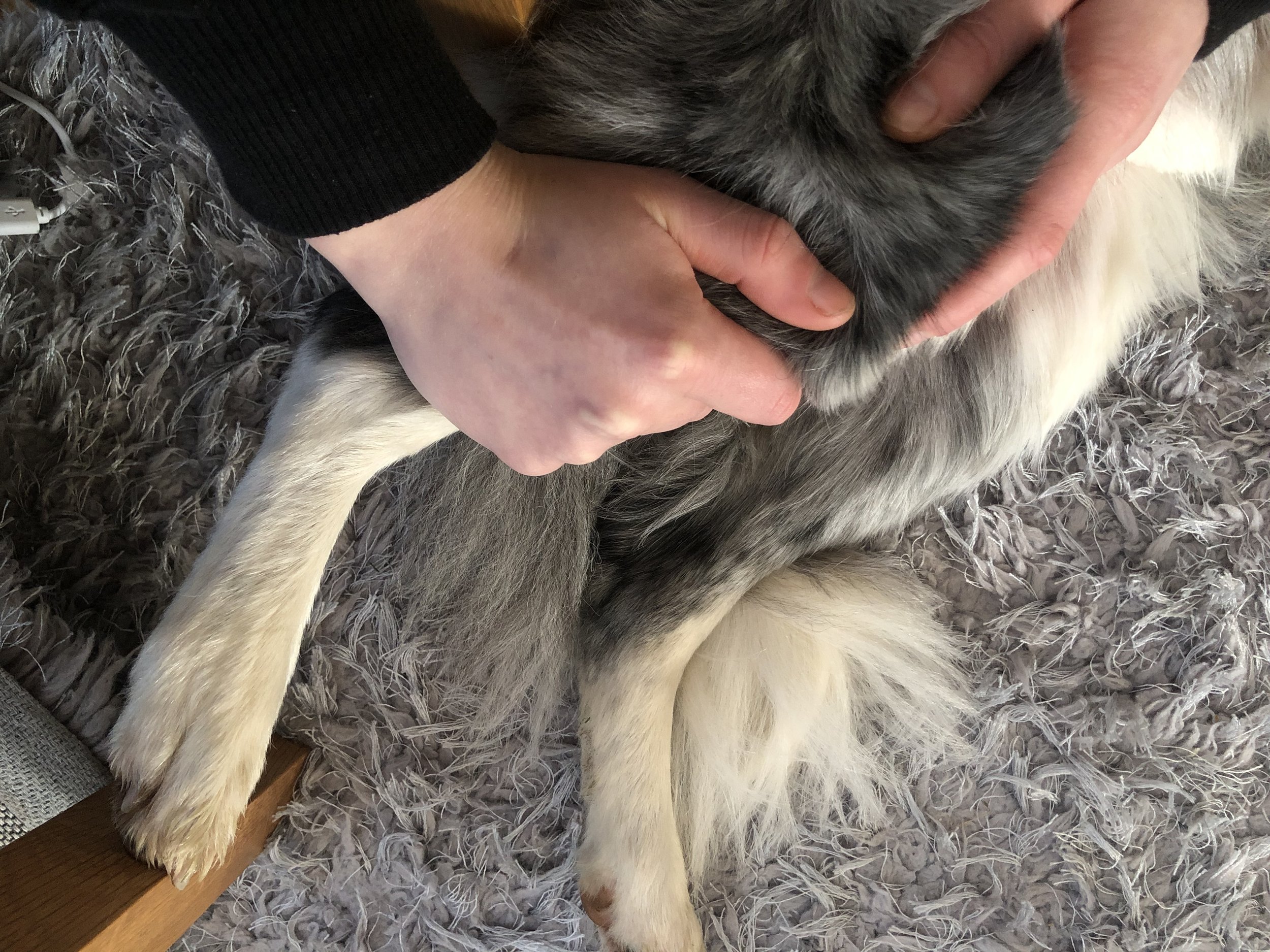
Canine Cruciate Ligament Damage — Impact Veterinary Physiotherapy

Cruciate Disease The Cranial Drawer Test YouTube

Pathology, Diagnosis, and Treatment Goals of Cranial Cruciate Ligament

Positive cranial drawer sign in a dog with a cranial (anterior
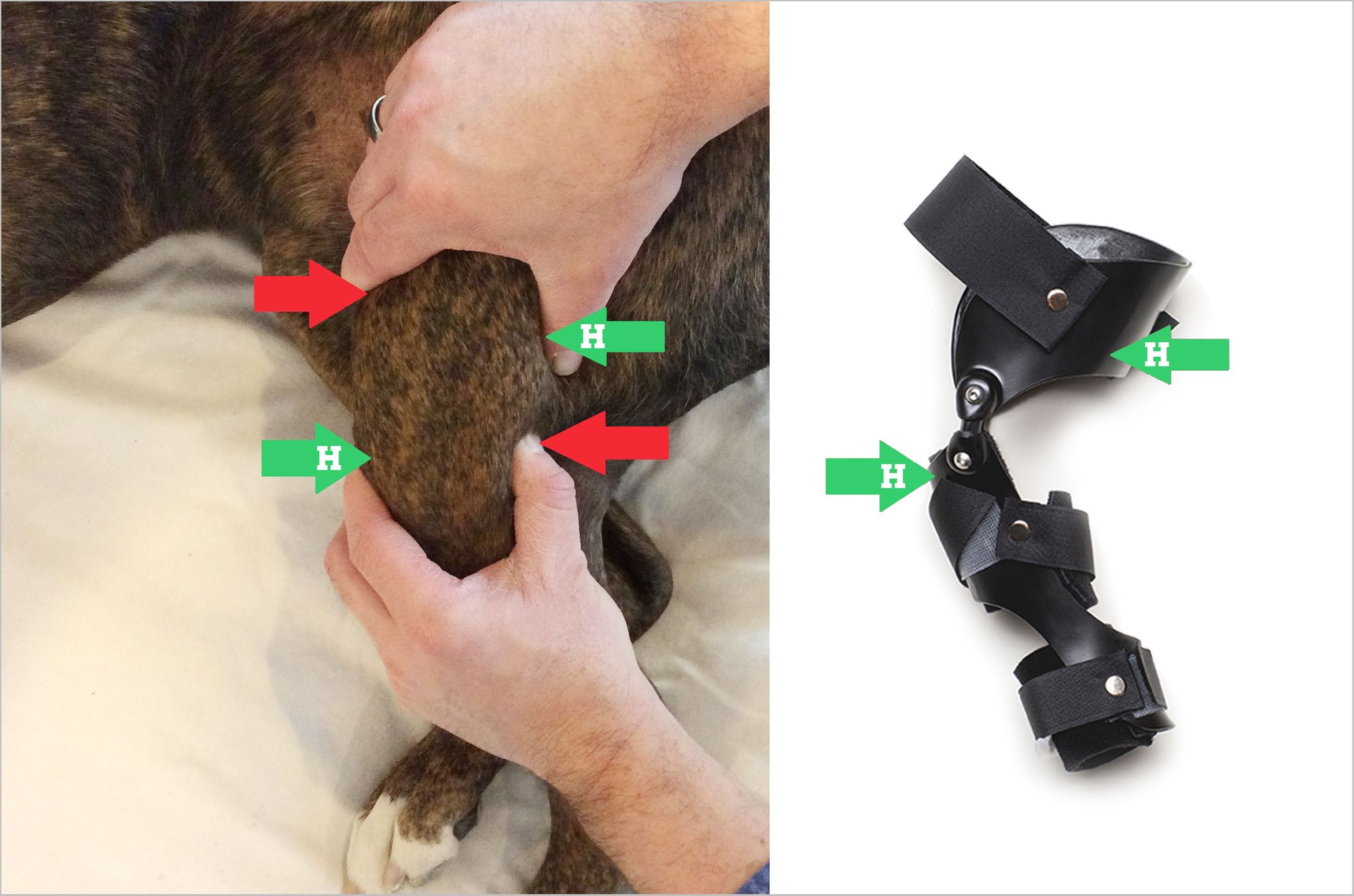
Torn ACL in Dogs How Braces Help
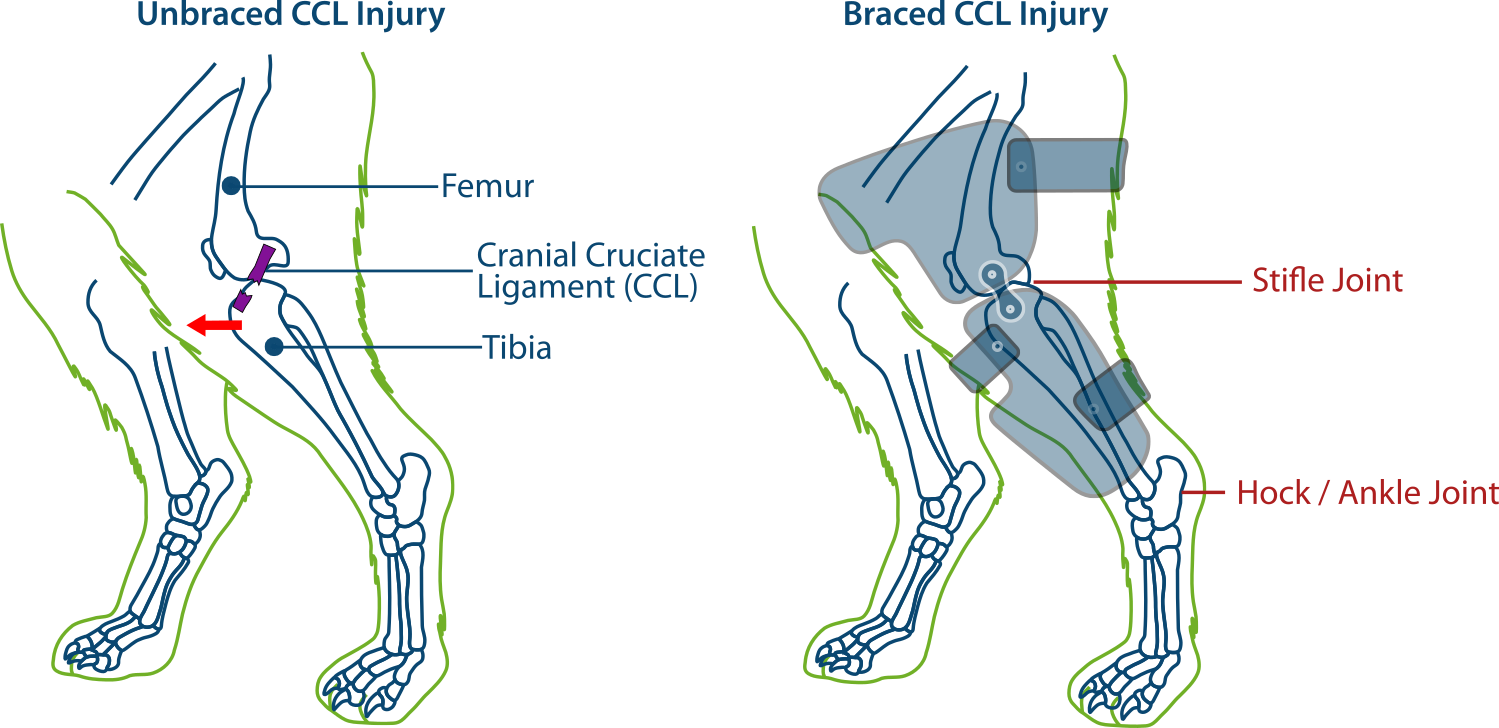
Dog Stifle CCL/ACL Injury Support Brace — PawOpedic
Complete Tear •Partial Tear Positive Drawer With Stifle Flexed, But Not With Stifle Extended Handbook Of Small Animal Orthopedics And Fracture Repair.
The Cranial Drawer Assessment Is Best Done On The Laterally Recumbent Animal.
Web The Cranial Drawer Test Should Be Done With The Leg In Flexion And Extension, To Test Both Parts Of The Crcl.
In Order To Feel This, You Dog Will Be Placed On His/ Her Side, And The Veterinarian Will Feel The Knee For Cranial Drawer Motion.
Related Post: